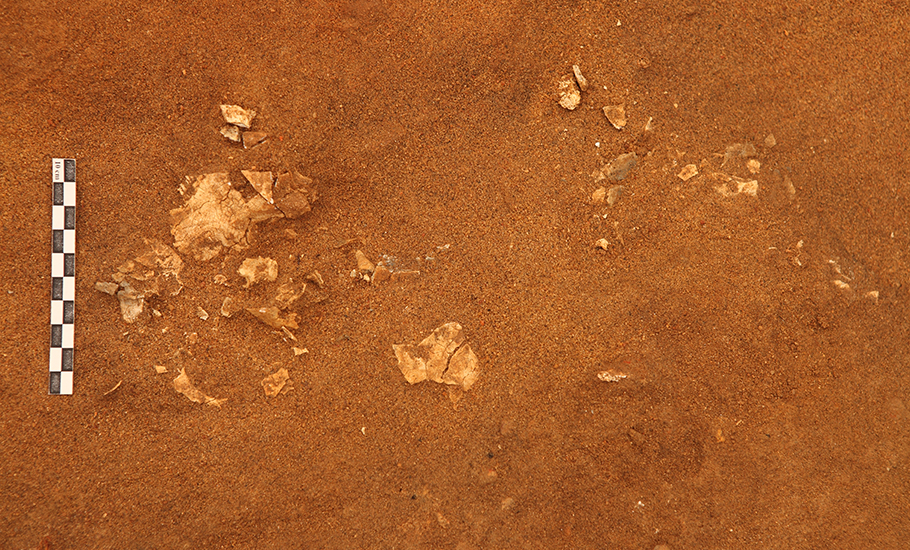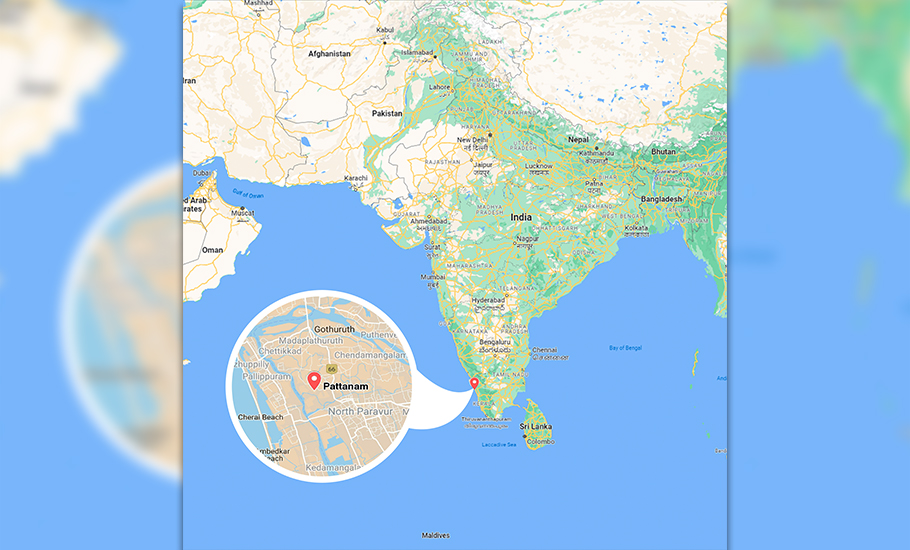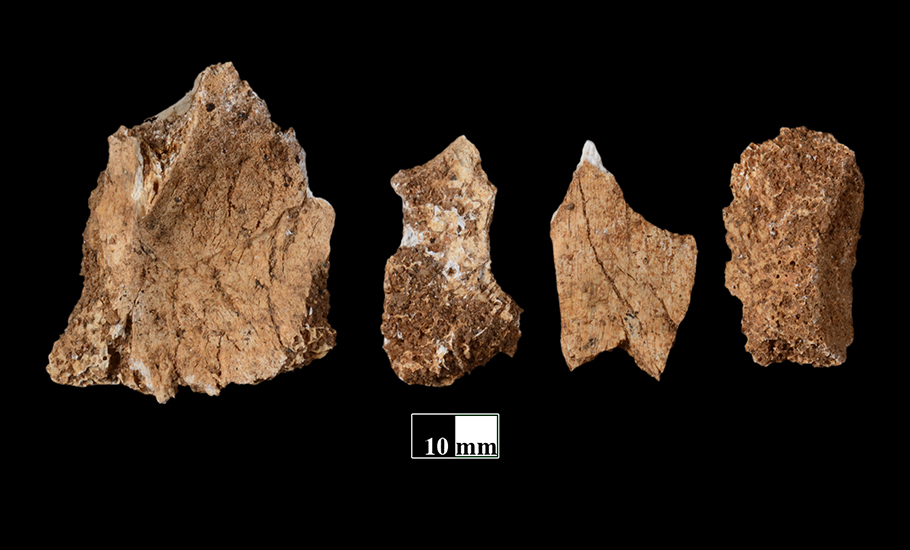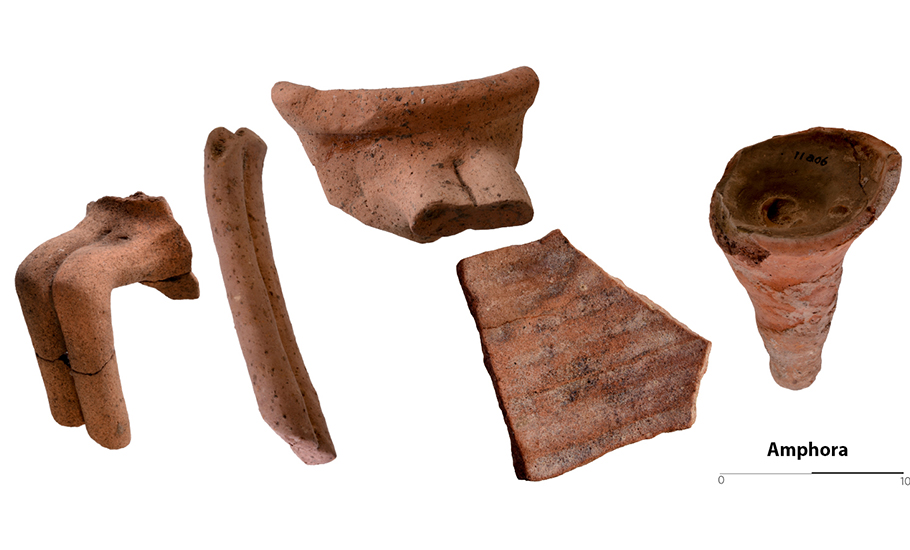
- Home
- India
- World
- Premium
- THE FEDERAL SPECIAL
- Analysis
- States
- Perspective
- Videos
- Sports
- Education
- Entertainment
- Elections
- Features
- Health
- Business
- Series
- In memoriam: Sheikh Mujibur Rahman
- Bishnoi's Men
- NEET TANGLE
- Economy Series
- Earth Day
- Kashmir’s Frozen Turbulence
- India@75
- The legend of Ramjanmabhoomi
- Liberalisation@30
- How to tame a dragon
- Celebrating biodiversity
- Farm Matters
- 50 days of solitude
- Bringing Migrants Home
- Budget 2020
- Jharkhand Votes
- The Federal Investigates
- The Federal Impact
- Vanishing Sand
- Gandhi @ 150
- Andhra Today
- Field report
- Operation Gulmarg
- Pandemic @1 Mn in India
- The Federal Year-End
- The Zero Year
- Science
- Brand studio
- Newsletter
- Elections 2024
- Events
- Home
- IndiaIndia
- World
- Analysis
- StatesStates
- PerspectivePerspective
- VideosVideos
- Sports
- Education
- Entertainment
- ElectionsElections
- Features
- Health
- BusinessBusiness
- Premium
- Loading...
Premium - Events

West Eurasian genetic imprints come to the fore in Kerala’s Pattanam

Pattanam, a mound on the banks of the Periyar river in Kerala, is considered a part of the ancient port called Muziris or Muciri Pattinam. The port city, according to historians, might have played a significant role in the trade and cultural exchanges between India and the Middle East, North Africa and the Mediterranean regions about 2000 years ago. A huge volume of (1.3 lakh) artefacts made...
Pattanam, a mound on the banks of the Periyar river in Kerala, is considered a part of the ancient port called Muziris or Muciri Pattinam. The port city, according to historians, might have played a significant role in the trade and cultural exchanges between India and the Middle East, North Africa and the Mediterranean regions about 2000 years ago. A huge volume of (1.3 lakh) artefacts made of iron, copper, gold, lead, glass, precious stones and terracotta have been unearthed since the excavation began in Pattanam in 2006-07.
Archaeologists have found objects such as human bones, storage jars, gold ornaments, beads, utilitarian objects, early Chera coins and wharf with bollards on the site. At least 45 lakh Indian-made pottery assemblages and 1.5 lakh pottery pieces of the Chinese, South Arabian, Red Sea and Mediterranean provenance have also been excavated from the site so far. As studies go on the various artefacts that have been excavated, a recently-held ancient DNA research confirms the West Eurasian genetic imprints in Pattanam.
Published in the recent edition of Genes, a peer-reviewed journal of genetics and genomics, the study was based on mitochondrial DNA genotyping using a mass array Sequenom platform. The analysis, however, was based on haplogroup determination. Led by Kumarasamy Thangaraj and PJ Cherian, the DNA analysis was the first attempt at genotyping of mtDNA markers to understand the demographic distribution of the Pattanam region.
Scientists used the DNA from human skeletons to pinpoint the genetic ancestry of the people found in the region. “We have analysed the mitochondrial DNA of 12 ancient skeletal samples. We found that these samples show the presence of both South Asian and West Eurasian-specific lineages,” said Niraj Rai, co-corresponding author of the paper, and a senior scientist at DST-Birbal Sahni Institute of Palaeosciences, Lucknow in a joint statement issued by the Hyderabad-based Centre for Cellular Molecular Biology (CCMB) and PAMA Research Centre at Pattanam.

The harsh climatic conditions of India are only sometimes favourable to ancient DNA research. “Most of the excavated skeletal remains from the Pattanam site were in a very fragile state due to the tropical, humid, and acidic soil conditions. However, we have adopted the best practices in ancient DNA and could successfully analyse the samples. The unique imprint of West Eurasian and Mediterranean signatures found in these samples exemplify a continuous inflow of traders and multicultural mixing in ancient South India,” said Kumarasamy Thangaraj, chief scientist at CSIR-Centre for Cellular and Molecular Biology (CCMB) and currently the director, DBT-Centre for DNA Fingerprinting and Diagnostics.
The result of an in-depth analysis of skeletal remains excavated from the Pattanam archaeological site shows a mixture of ethnicity from West Eurasian ancestry to South Asian ancestry. “Very stringent standards were used for the ancient DNA authentication. Among the 13 samples, 12 were cranial remains and one was a tooth sample. DNA could only be successfully extracted from 12 samples. All samples were independently processed in a dedicated ancient DNA laboratory at CSIR-CCMB, Hyderabad, India. In total, three independent DNA extractions were performed per sample to ensure the authenticity of the entire procedure,” said the paper titled “Deciphering the West Eurasian Genetic Footprints in Ancient South India,” which was published in Genes.
“The frequency distribution of haplogroups reflects a high occurrence of West Eurasian (T, JT, and HV) and South Asian-specific mitochondrial haplogroups (M2a, M3a, R5, and M6),” according to the researchers. They said the presence of haplogroups HV, T1a9, JT, HV4b, T, and U1 strongly supports the presence of West Eurasian and European ancestry, whereas M2a1a3, M6, M3a1, and R5 haplogroups support the South Asian ancestry. “Some of these West Eurasian mtDNA haplogroups such as T1a9 and HV4b have been found exclusively in European and West Asian populations and are absent in Indian populations. The presence of such a diverse set of haplogroups reflects the mix of several cultural and religious groups that must have immigrated, settled, and eventually died out on the south-west coast of India,” it said.

South Asia was one of the most diverse regions of the world with the mighty Indian Ocean serving as the centre of attraction for sailors, merchants, and adventurers, said PJ Cherian. India, according to him, was a major part of the South Asian horizon, the social history, cultural practices, migration, trade practices, religious migration, and agricultural movements have made a significant effect on the genetic structuring of India.
“Ports played an important role in the second phase of human urbanisation during the 500 BCE to 500 CE phase with maritime networks across continents and oceans. In this period, three ports acted as trade emporia. In their chronological order, the first one was Barygaza in the modern Gujarat coast, then Muziris in the Kerala coast, and Tamralipti in the Bengal coast. Of these, Pattanam or Muziris have a special significance because of the rise of Greco Roman cultures and the establishment of the Roman empire that coincides with the peak phase of the Pattanam site that is 100 BCE to 300 CE,” he said.
Cherian, who began the excavations at Pattanam in 2006-07, said the material evidence at Pattanam is proof of the presence of at least three dozen linguistic groups from the Mediterranean to South China. “During this time, three trade systems, namely the silk maritime road from South China, the spice maritime road from South India, and the incense maritime roads from South Arabia transformed the Indian Ocean into a trade lake.
When these three maritime roads joined with the Red Sea and Mediterranean maritime roads, there was an intensity of commercial and cultural exchanges. Numerous linguistic communities from different parts of the Greco-Roman world to eastern Mediterranean, western and eastern Africa to South Arabia to North western India to Coromandel India to Burmese, Malayan, and south China coastal regions moved along with the goods and technologies exchanged through the various maritime roads,” he added.

The study on the genetic makeup of ancient human populations at the Pattanam archaeological site reinforces the early historical occupation of diverse groups at the site. The literary sources and the evidence based on ancient Greek and Roman sources, particularly the cultural and commercial goods, clearly connects the indigenous worlds of the Greco-Romans, the Egyptians, and the West Asians.
“Through several rounds of archaeological excavations and expeditions at the archaeological site of Pattanam, intensive maritime exchanges have been established between the eastern Mediterranean and ancient South India. The extensive use of Indian and West Asian precious and semi-precious stones in the various provinces of the Empire in Greece, Syria, Egypt, but especially Rome and Italy, indicates a great possibility of cultural assimilation. The genetic evidence of many mtDNA haplogroups specific to either the Middle East or Europe among the ancient individuals of the Pattanam site further connect the threads of evidence derived from the material culture and artefacts. This further proves that Pattanam was not only a place for trade and material exchange, but also a possible settlement site for human populations involved in these trade affairs,” said the authors of the paper.
